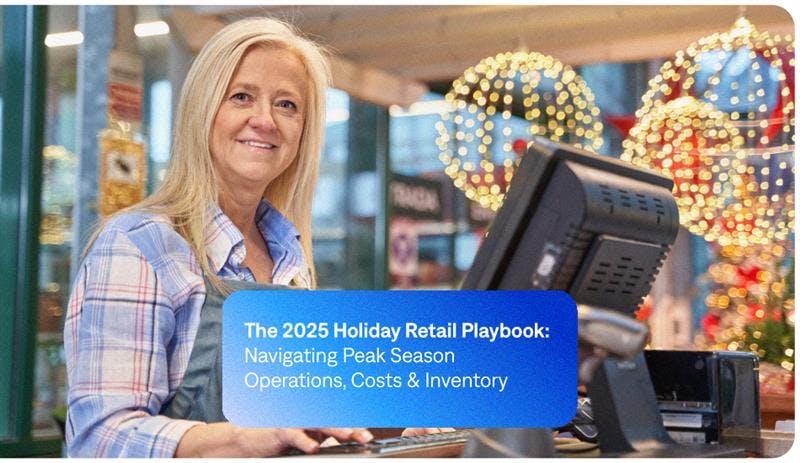If there is one common question that all business share it is how can we become more productive? Productivity can mean a lot of different things: assembling more vehicles, stocking more product, shipping more units or increasing customer service – to name a few. But how can we know where to start? How can we enable our workforce to be more productive? I have often found it is best to begin is by asking one simple question:
How are employees spending their time?
Although this may seem like a rudimentary question to ask, I have found that often management’s expectations differ significantly from reality. It is not uncommon that employees spend upward of 30 to 40 percent of their time not working on productive tasks. That’s time that could be spent handling product or servicing customers. So how can we know where all of the hours going?
For starters, many organizations do not have clear, quantitative insight into exactly how employees are spending their time. Sure we can walk onto the floor and monitor what’s happening, but doing so can be time consuming and only gives us a small glimpse of what is going on. There are many tools that can be leveraged to help understand how labor is being used. Work sampling can provide a quick, snapshot view of where employees’ time is being spent. It is often used as a baseline for targeting opportunity and tracking improvement. Software solutions, such as Task Management, can help analyze precisely how employees are spending their time throughout the day on an ongoing basis. Armed with the knowledge of how employees are spending their time, there are two big ways to improve productivity.
The first is minimizing unproductive or non-value added tasks. No business can ever totally eliminate all non-value added tasks, but by recognizing what these tasks are and how much time is being spent on them we can seek to reduce the amount of time they take up in the overall operation.
The second is ensuring that the employees are in the right place when work is available. Too often employees are unproductive because management has not given them the right balance of work – meanwhile other employees may be overburdened. Tools such as engineered standards can help an organization understand how much time tasks require so that the workforce can be deployed more effectively.
At the end of the day, understanding how your employees are spending their time will help you enable them to be more productive.
Recent Posts
UK Retail Budget 2025: What Retailers Need to Respond to Now
2025-12-02
The 2025 UK Budget is reshaping retail economics. Rising labour costs, higher rates, tighter margins—here's what retail leaders must prioritize now.
Read More
The 2025 Holiday Retail Playbook: Navigating Peak Season Operations, Costs & Inventory
2025-11-18
Fewer staff, higher costs, earlier shopping peaks—2025 holiday retail is different. Get strategies for staffing, inventory, and customer satisfaction to win this season.
Read More
Counter Intelligence for Grocery Scale Management: Centralized. Simplified. Reliable.
2025-11-13
Discover how modern grocery scale management solutions solve legacy challenges with real-time visibility, rapid ad-week updates, and centralized pricing control. Learn key features that streamline fresh department operations, reduce compliance risk, and turn audit prep from hours into minutes.
Read More

